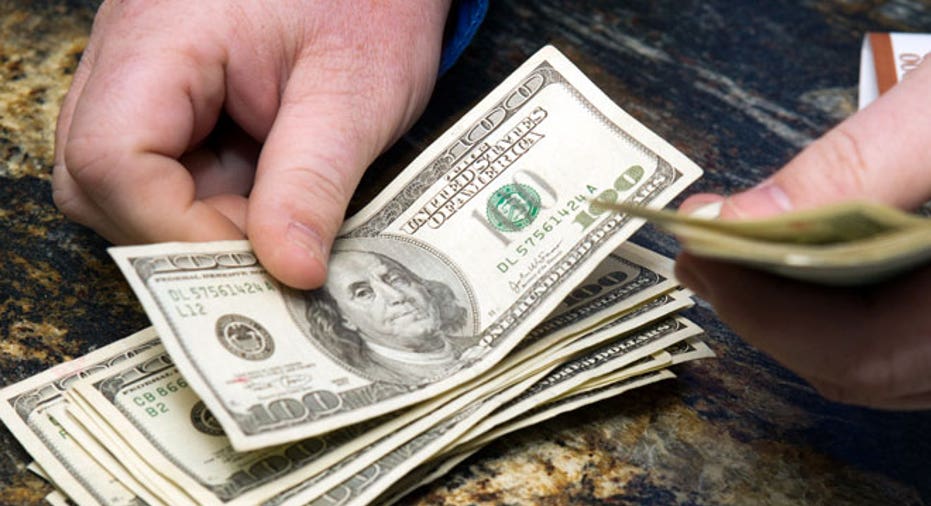Free May Be Costing You

Hey, how would you like this commemorative coin, free? Wait! I have another offer. I’ll pay for your second meal if you agree to buy the first entrée.
Being that I’m a marketing consultant, it may surprise you to discover that I’m not too crazy about these kinds of offers. Usually one of two things will result; the deal results in a pure loss for the small business or its appeal falls flat for the consumer. I don’t want to lead you to believe there are only two outcomes for such activity. There are not; however, I’ve found that the vast majority of free offers usually will gravitate to one of the two buckets outlined.
Let’s jump into a real life example.
As few years back, a well-known web based company developed a platform whereby local businesses could feature unbeatable deals to a large swath of people at one time. Initially, the idea was hailed as an innovative business model - destined for greatness. It appeared the customer could not lose; everyday there were free offers and deep discounts from numerous local businesses.
The problem, however, started to become more visible from the side of the business owner. Customers would swoop in to grab the deals, but never reemerged. In other words, as long as there were great discounts, people were present. When the offers stopped, so did the foot traffic. In many instances, businesses were offering these deals at a loss; hence, a sustained campaign of this type would only serve to further cannibalize the business.
Should you do away with giveaways? Not necessarily. However, when you adopt them as a part of your marketing strategy, you are conditioning the expectations of your audience. If you’re fine with that, be prepared to permanently incorporate the cost thereof into your marketing budget.
Now let’s look at the free stuff businesses offer, but no one cares about.
The other night I saw a commercial for a medical assistance program for seniors. This marketing piece dealt with the complexities of health-care and prescription drug benefits. At the end of the commercial, viewers were offered a free, cloth tote for following the announcer’s directions. Are you kidding me - a flimsy tote bag? Given the gravity of the core marketing message, I felt this trite offer denigrated the importance of the commercial. In this instance, “free” cost this advertiser. They paid with their credibility and image when offering something of relative little value.
If you are planning on offering free or substantially discounted items, first consider the following:
- They may wait-you-out. If the savings you offer are substantial, consumers may simply wait for the same deal to appear in the future (forgoing patronage between sales)
- Don’t insult. If your free offer has no real value to the consumer, you run the risk of offending them by insisting on its importance.
- Perfect Companion. Your free or discounted offer should be paired with an item with high profit margin, e.g., buy one widget, get a widget holder free.
- Remove the Price Tag. If you are providing something of value for free, resist the urge to assign it a number, e.g., A $100 dollar value! The consumer will only think you are overstating things for a false sense of benevolence.
Walter Dailey is a marketing speaker, consultant, and creative director for DSV Media, a creative services firm specializing in Small Business Marketing and insight for small to mid-sized businesses. Ask your questions: walter@dsvmedia.com



















